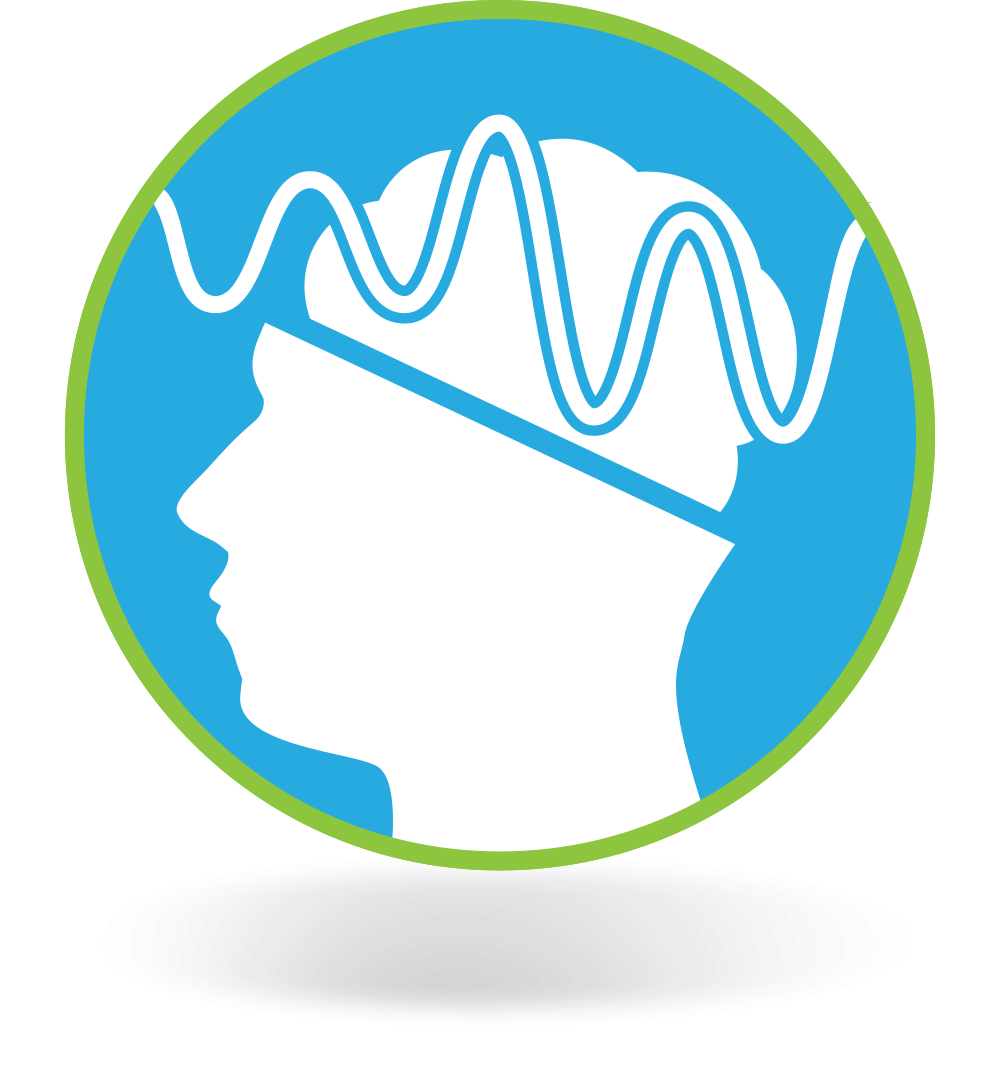The injected anesthetic propofol seems to be less likely to cause cognitive difficulties after surgery than inhaled anesthetics.
 Q. After reading your column on the aftereffects of anesthesia, I want to share my own experience.
Q. After reading your column on the aftereffects of anesthesia, I want to share my own experience.
I had severe memory lapses for months after undergoing anesthesia. It was like knowing something was in a filing cabinet, but not being able to see what is in the folder. It is frustrating to know the information is there, but you can’t access it.
Thankfully, my brain function did return to normal, but it took months. My physician suggested propofol for future surgeries. I have needed anesthesia a few more times over the last several years and have not experienced aftereffects again.
A. Post-operative cognitive decline is surprisingly common, though the cause remains controversial. Propofol is an injectable anesthetic. One study showed less impairment among patients getting propofol compared to those getting the inhaled anesthetic sevoflurane (Clinical Interventions in Aging, online Sept. 24, 2014).
It makes sense to ask the surgeon ahead of time if a peripheral nerve block would be appropriate. In some cases, such as knee surgery, that may be another option (Clinical Interventions in Aging, online Feb. 18, 2014).
People who find that they are spacey or forgetful after surgery should be patient with themselves. In most cases, the cognitive problems (which may also be linked to insomnia) will disappear over time.
Share this post:
Thoughts Shared
Anesthesia providers can only guess how much anesthetic you might need. Without a brain monitor, one American patient dies every day from anesthesia over medication. Prior to 1996, to insure an adequate experience, we tend to err on the side of too much. Since the FDA approval of the BIS brain monitor, it is now not only possible but also highly desirable to directly measure individual response to avoid brain fog (aka postoperative cognitive dysfunction or POCD). Watch You Tube ‘Going under with Goldilocks anesthesia.’ Learn what you need to know by reading ‘Getting Over Going Under.’ Complimentary copies from www.goldilocksfoundation.org. DISCLAIMER: Neither I, nor my non-profit Goldilocks Anesthesia Foundation, receive financial support from makers of the BIS monitor.



Barry
Corona del Mar, CA